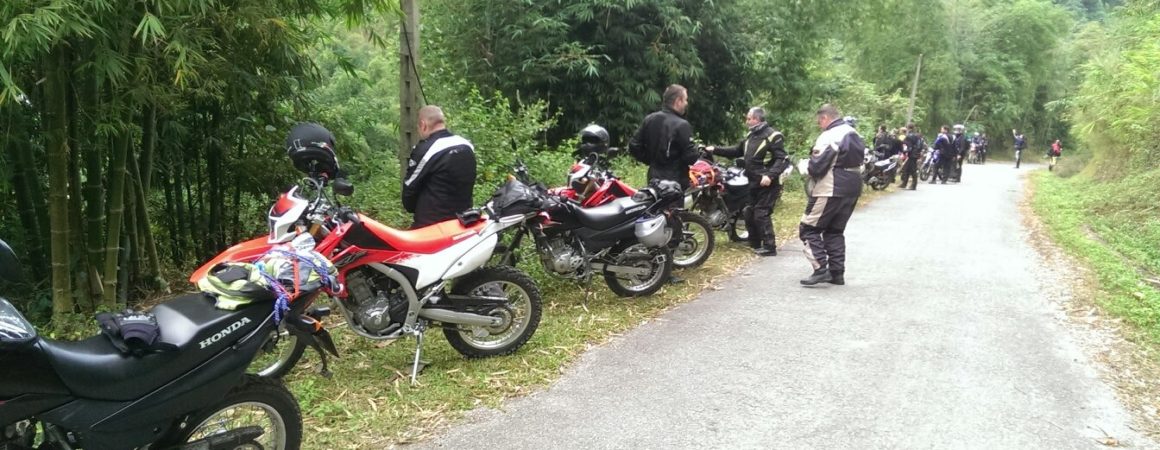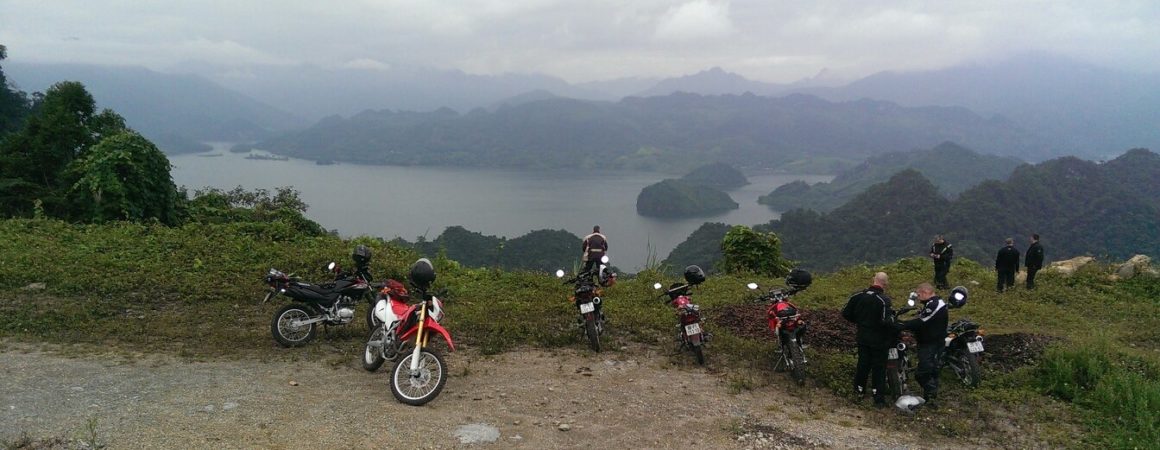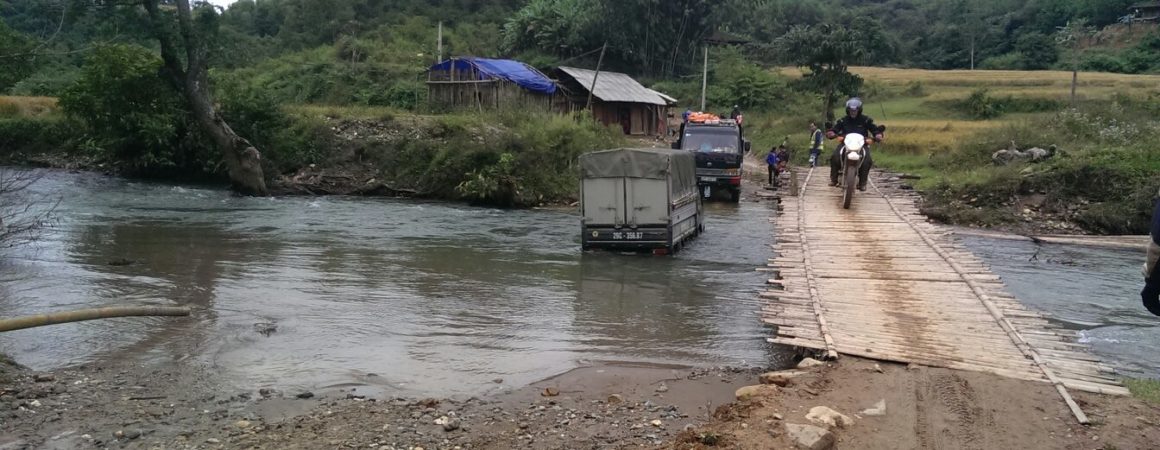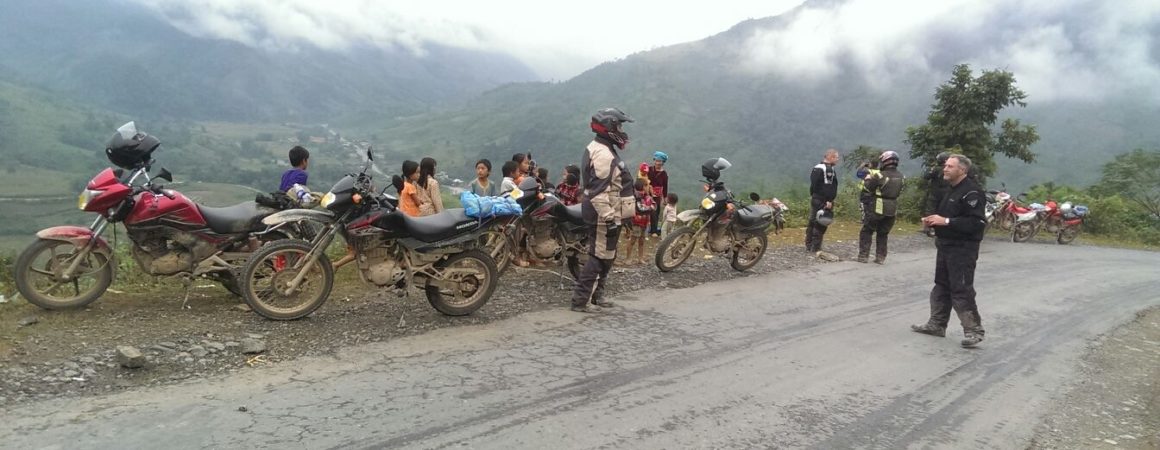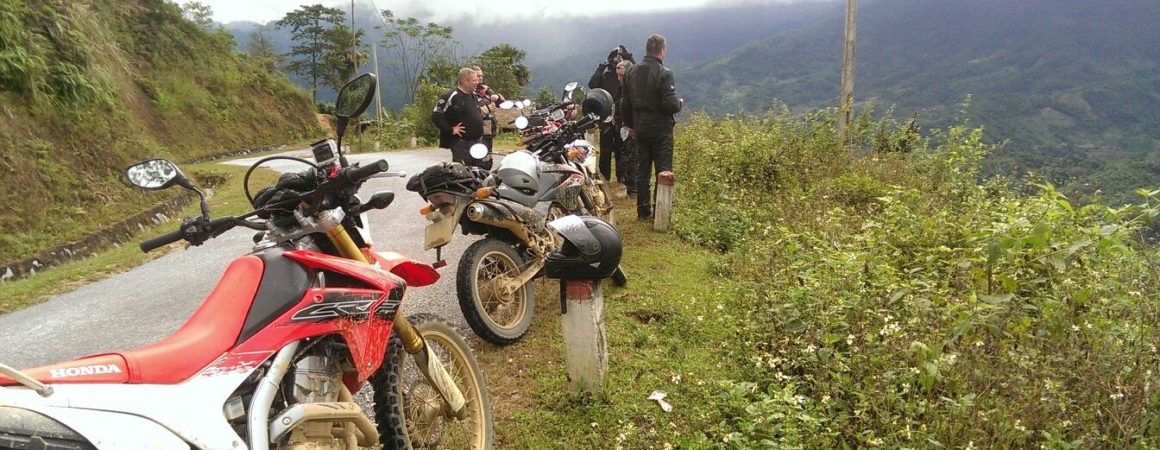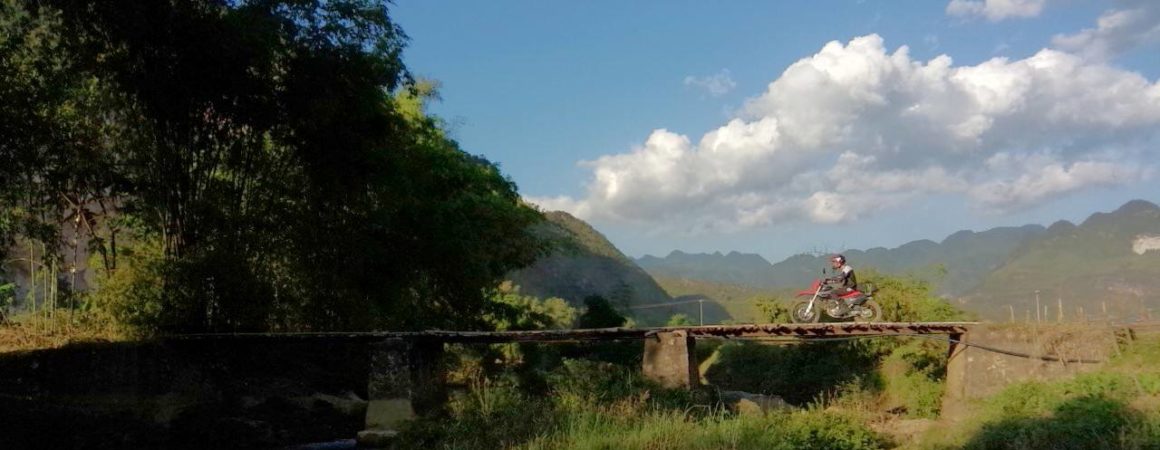Motorcycle Riding Emergency Tips – First Aid
Think quick: Your buddy just crashed and now he's bleeding. Or unconscious. Or both. And you're not sure if he's breathing anymore. Do you know what to do? If it's just you and him and 20 miles of empty road, possessing the right knowledge means you don't have to sit helpless until the ambulance arrives. And while none of the information presented here can take the place of proper medical training, it might just save his life.
* The Neck
For the record, your spinal cord is like overcooked asparagus in terms of consistency. Nerve tissue is soft, bones are hard, and if the neck is broken, the slightest wrong movement could sever the spinal cord and render catastrophic damage. Our medical expert told us to use the "highest index of suspicion" possible in regard to neck injuries. Your buddy's condition could be salvageable, but because you moved him incorrectly, he could die or become permanently paralyzed. Caution is the key: If your friend is unconscious, or complains of pain and numbness in the neck, shoulders or down the arms or legs, you could be dealing with an unstable neck fracture. So, unless he's in immediate danger (i.e., in the middle of a burning wreck, etc.) do not move the victim and unless he's stopped breathing do not-repeat-do not remove his helmet. It is much better to be on the safe side.
* One-Minute Trauma Check
Primum non nocere, says our medical expert: "First do no harm." Acting too rashly when you first arrive at an accident scene can make a bad situation worse. First: Call an ambulance. Then, take a step back, breathe and do a one-minute trauma check: (1) Until you can assess his condition-or unless he's in immediate danger-don't move the victim; (2) Ask what happened-this will give you important information, and a person's lucidity (or lack thereof) will tell you a lot about his condition; (3) Ask about/check the neck-be very suspicious of any pain or numbness; (4) Check the head and chest for injuries; (5) Check the abdomen for tenderness or tightness-either one could mean internal injuries; (6) Gently squeeze each limb and check for sprains or breaks. Begin proper treatment if you're able-and never move a victim with a potential neck injury. Even transporting a person with a broken arm or leg by bike could be dangerous.
* Be Prepared
Proper protection is crucial (remember, prevention can be the best medicine), so buy the best helmet, gloves, boots and armored jacket/suit you can afford. Buy a cell phone (get a dual-band unit for the best coverage) and pack a good first aid kit that includes adhesive and elastic bandages, disinfectants, gauze pads, a wire splint and antibiotic ointment. And riding with a friend (in case you need help) is always a good idea.
* Road Rash
The dreaded "raspberry" is one of the most common (and painful) motorcycle ailments-even more so for those who choose to ride only in shorts and a tank top. First step? As soon as possible, wash the wound with soap and running water. (Trying to pick out the dirt before washing only helps infection.) If washing is too painful, try numbing the area first with ice. Squirt an antibiotic solution on the wound (our doc suggests Betadine) and then pick as much of the dirt/rocks/etc. out of the skin as you can. (A sharp sterile needle or pin works best.) Wash the wound again, apply more Betadine and antiseptic ointment (such as Neosporine), then dress the area with nonstick gauze and a bandage. Not a painless procedure.
* CPR/Mouth-To-Mouth
There might be nothing scarier than finding that your buddy's heart and/or breathing has stopped, and we'd be lying if we said we could teach you mouth-to-mouth resuscitation or Cardio-Pulmonary Resuscitation (CPR) in this small space. Take a course and learn how to do it correctly. Before administering mouth-to-mouth, take care not to hyperextend the neck-move the jaw forward to get an open airway. Clear out any blockages, pinch his nose shut and form a tight seal between your mouth and his. Blow until his chest rises, pull away and repeat once his chest falls down again. For CPR, kneel to the victim's side, place the heel of one hand on his breastbone and lay your other hand over the top. Interlock the fingers and compress his chest about two inches, keeping your arms locked straight. Aim for about 100 compressions a minute, and-since his heart has stopped, he won't be breathing-give two mouth-to-mouth breaths every 15 compressions. Again, this is not a substitute for proper training; taking a course will allow you to practice on mannequins under expert supervision.
* Shock
A potentially fatal condition: Medical texts define shock as "a profound depression of the vital processes associated with reduced blood volume/pressure and caused usually by severe injuries, hemorrhage or burns." In other words, the victim's body starts to shut itself down, usually due to a massive internal/external blood loss or damage to the nervous system. Get any bleeding under control as quickly as possible and watch your buddy for weakness, pale and clammy skin, shallow breathing, (unusual) dementia, rapid and weak pulse or loss of consciousness. You'll want to try to get blood back into his brain by laying him down and raising his feet. Keep his body temperature up by covering him with a blanket/sleeping bag/riding jacket, etc. Shock can be a deteriorating condition, so even if your buddy seems fine right after the accident, keeping a close eye on him is worthwhile.
* Heat Exhaustion/Stroke
Ride out in hot, humid conditions long enough without rest or proper fluid intake and heat exhaustion can set in; your buddy will be pale, lethargic, sweating profusely, cramping up, nauseous, etc. Get him into the shade, get him cool (use a wet cloth or ice pack), hide the nurse and slowly give him some water to drink. Heat stroke-wherein the temperature-regulation center of the brain stops working and you begin to fry in your own juices-is much more serious. Sweating stops, the skin becomes hot and dry, and the victim may even collapse and fall into a coma. In this case, you need to cool your buddy down by any means possible, and be prepared for mouth-to-mouth resuscitation should he stop breathing. By now, taking water by the mouth won't help enough-the victim will have to be rehydrated by intravenous fluids in a hospital.
* Gimme A Break…
You'd think that with 206 bones in the body, you'd be allowed to snap more than one before things get serious. Ouch. Basically, dealing with fractures depends on immobilization and proper splinting of the injury itself. A splint's job is to imitate the supporting function of the bone-you can use a thick newspaper, wire, a couple pieces of wood, etc. Arrange the splint around the fracture (don't attempt to straighten a twisted limb) and secure it with an elastic bandage. Immobilize the injury as best you can (use a sling for a broken arm) and wait for the ambulance. You can't really splint a busted clavicle (collarbone), so you'll want to sling the arm on the injured side and wrap a bandage around the upper arm and chest to keep the whole affair from moving.
* Bleeding
"One way or the other," our medical expert tells us, "all bleeding will stop. It's up to you to determine if that's now or later." Direct pressure on the wound is the key-use gauze or, barring that, a clean T-shirt or rag. (Forget about a tourniquet-you'll most likely do more harm than good.) If moving the victim won't cause further harm, lay him down and elevate the injury above the heart. Apply a bandage once the bleeding slows. If the gauze or rag you're using soaks through, keep applying pressure by placing a clean rag directly over the old one-although if your buddy's bleeding enough to sop a T-shirt or two, he'll probably go into shock. Have you called for an ambulance yet?

